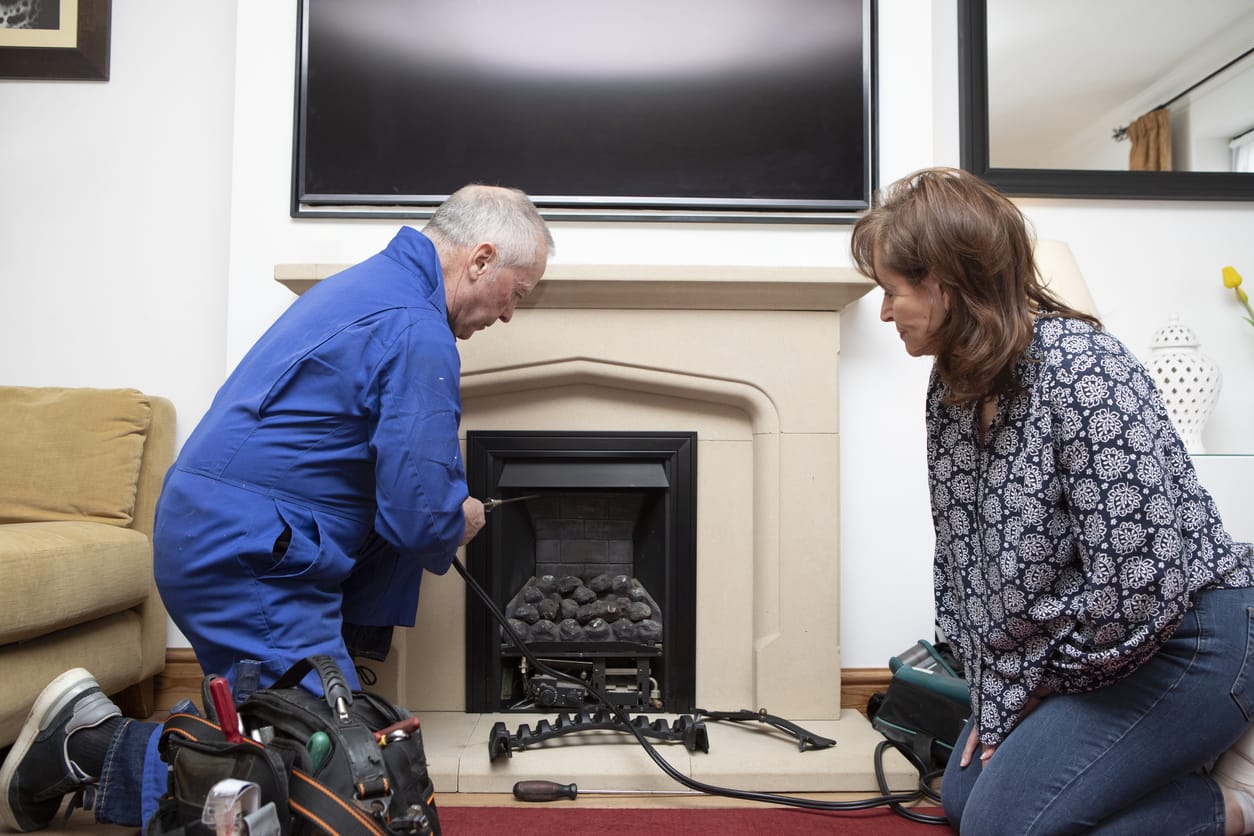As our loved ones grow older, ensuring their safety becomes increasingly crucial, particularly when it comes to fire prevention. Seniors face unique challenges such as reduced mobility, sensory impairments, and cognitive decline, which can increase their vulnerability during fire emergencies. Family caregivers play a pivotal role in creating a secure living environment that mitigates these risks.
Understanding the Risks
Seniors face unique challenges that increase their vulnerability to household fires. These risks stem from various aspects of aging and health conditions that can compromise their safety. As caregivers, understanding these factors is crucial for implementing effective fire prevention strategies tailored to the needs of elderly loved ones.
- Mobility Issues: Seniors often experience challenges in moving quickly during emergencies, which can significantly delay evacuation efforts and expose them to increased fire hazards. Limited mobility may restrict their ability to navigate through obstacles or reach exits swiftly, necessitating careful planning and clear pathways to ensure their safety during fire emergencies.
- Cognitive Impairments: Conditions such as dementia can impair seniors' judgment and awareness of fire risks, potentially leading to accidental fires. Memory loss and confusion may cause them to forget about cooking appliances left on or fail to recognize the danger of combustible materials, emphasizing the importance of consistent supervision and preventive measures to minimize fire hazards.
- Sensory Impairments: Hearing or vision loss among seniors can hinder their ability to detect fire alarms or perceive visual cues such as smoke or flames. This delay in sensory response may prevent timely action during fire emergencies, highlighting the need for specialized alarms with visual and auditory signals that accommodate their sensory impairments, ensuring prompt evacuation and safety.
- Medication Side Effects: Certain medications prescribed to seniors may induce drowsiness or confusion, impairing their ability to react swiftly and effectively during a fire incident. Careful monitoring and awareness of medication side effects are crucial for caregivers to mitigate potential risks and ensure that seniors remain alert and capable of responding to emergency situations promptly.
- Cooking Hazards: Forgetfulness or physical limitations can increase the likelihood of seniors leaving cooking appliances unattended, a common cause of household fires among this demographic. Implementing safe cooking practices, such as using timers, avoiding distractions, and utilizing automatic shut-off devices on stoves, helps prevent cooking-related fires and promotes a safer kitchen environment for elderly individuals.
- Electrical Hazards: Aging electrical systems or improper use of electrical devices pose significant fire risks in seniors' homes, necessitating regular maintenance and safety checks. Ensuring that electrical cords are in good condition, avoiding overloading sockets, and using surge protectors are essential precautions to safeguard against electrical fires and maintain a secure living environment for elderly loved ones.
Understanding these factors helps caregivers implement targeted fire safety measures to protect elderly family members effectively.
Essential Fire Prevention Tips
Ensuring fire safety for elderly family members at home is crucial due to their heightened vulnerability. Key measures include regular alarm maintenance, safe kitchen practices, proper electrical use, and clear escape routes with practiced evacuation plans tailored to their needs. These steps are essential to minimizing fire risks and ensuring a safe living environment that prioritizes their well-being and peace of mind.
1. Regular Inspection and Maintenance
- Check Smoke Alarms and Carbon Monoxide Detectors: Regularly test smoke alarms to ensure they are functional. Replace batteries annually or as needed. Install carbon monoxide detectors near sleeping areas and test them monthly.
- Professional Inspections: Schedule annual inspections by professionals for heating systems and electrical wiring to detect potential hazards early.
2. Safe Kitchen Practices
- Preventing Stovetop Fires: Supervise cooking activities closely. Use back burners when possible and keep flammable items away from heat sources. Consider automatic shut-off devices for stoves to prevent accidents.
- Kitchen Organization: Arrange kitchen items within easy reach. Store commonly used items in accessible cabinets to reduce the need for reaching or climbing.
3. Electrical Safety
- Inspect Electrical Cords: Replace frayed or damaged cords immediately. Avoid running cords under rugs or in high-traffic areas where they can be damaged.
- Avoid Overloading Sockets: Distribute electrical appliances across multiple outlets to prevent overloading. Use surge protectors for added safety.
- Space Heaters: Keep space heaters away from flammable materials and turn them off when not in use. Ensure they have automatic shut-off features if tipped over.
4. Smoking Safety
- Smoke-Free Environment: Encourage smoking outside the home. Designate a safe area equipped with proper ashtrays and ensure cigarettes are fully extinguished before disposal.
- Safe Disposal: Use fireproof containers for ashtrays and discard smoking materials safely to prevent accidental fires.
5. Clear and Accessible Escape Routes
- Accessible Exits: Ensure all exits are clear of clutter and easily accessible, especially for seniors with mobility aids.
- Practice Escape Plans: Regularly review and practice escape routes with seniors. Consider their mobility and cognitive limitations when planning.
- Emergency Instructions: Post easy-to-read emergency exit signs or instructions in strategic locations throughout the home.
Implementing these fire prevention tips can significantly reduce the risk of fire incidents and create a safer living environment for elderly loved ones. Taking proactive measures ensures peace of mind and enhances their overall safety and well-being at home.
Tools and Technology to Enhance Fire Safety
Adults aged 65 and older face heightened risks in home fires, being twice as likely to succumb compared to younger adults, according to the National Fire Protection Association (NFPA). This underscores the urgent need for enhanced safety measures tailored to seniors' homes. Installing sprinkler systems, which reduce fire-related deaths by 74% in homes, and strategically placing fire extinguishers empower caregivers and seniors to respond swiftly to potential fire incidents. Fire blankets further enhance safety during evacuations, particularly beneficial for seniors with mobility challenges.
Smart home technology plays a crucial role in bolstering safety for elderly individuals. Automated smoke detectors and carbon monoxide alarms not only alert caregivers remotely but also ensure prompt emergency responses, crucial in minimizing harm. With an estimated 2.6 million cases of carbon monoxide poisoning annually in the U.S., these devices are instrumental in preventing tragedies. Wearable emergency buttons and medical alert systems provide seniors with immediate access to help, fostering a sense of security and enabling rapid response during emergencies. These advancements not only mitigate fire risks and carbon monoxide exposure but also cultivate a secure living environment that prioritizes the well-being of elderly loved ones, offering caregivers invaluable peace of mind.
In conclusion, safeguarding elderly loved ones from fire risks is essential as they face increased vulnerabilities due to factors like reduced mobility and cognitive decline. Caregivers play a vital role in implementing preventive measures such as regular alarm maintenance, safe kitchen practices, and accessible escape routes. Advanced tools like sprinkler systems and smart home devices further enhance safety, ensuring quick responses to emergencies and promoting a secure living environment that prioritizes their well-being.





